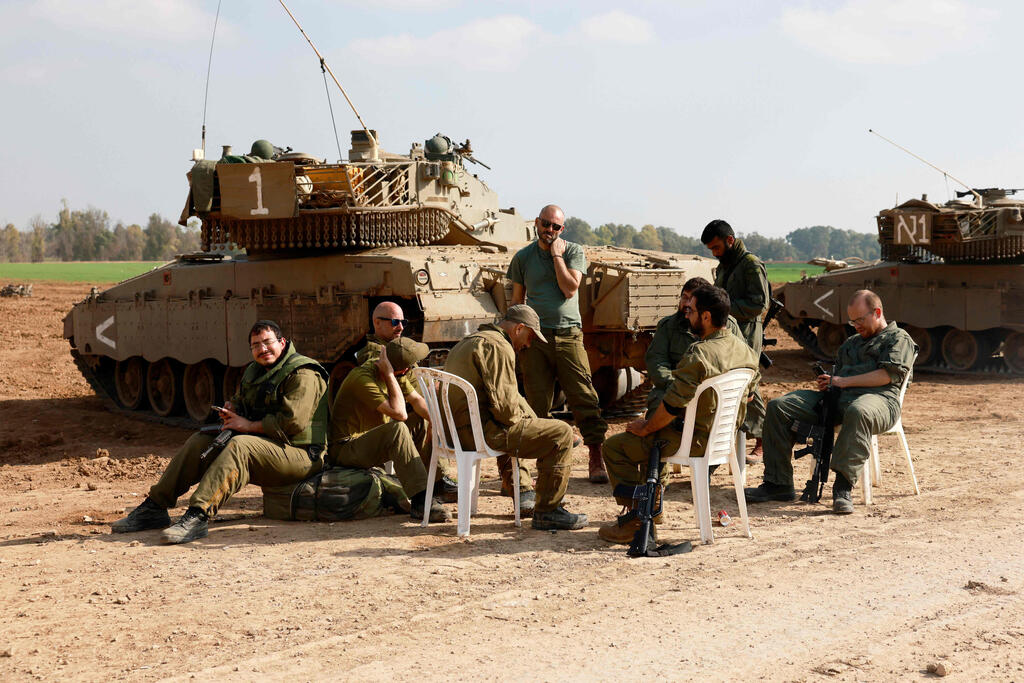
High-tech workers comprise 20% of IDF reserves, double their share in general population
A report published by the Finance Ministry on army reservists absent from work as of December shows that high-tech workers are disproportionately represented in reserve units, and that reservists tend to have higher salaries than the national average
Despite making up only 10% of the Israeli population, high-tech workers are doubly represented among army reservists, comprising 20% of IDF reserves as of December, according to a Finance Ministry report published Monday. This supports early estimates suggesting that at least 15% of the sector’s employees are serving in reserves. Consequently, the impact of the war on the tech sector’s workforce has also been disproportionate, with an earlier report indicating that 70% of tech companies had been operationally affected by the recruitment of key personnel to reserves.
The ministry’s report, which looks at those in reserve duty as of December 2023, sheds light on characteristics of 148,000 reservists. 90% of reserves are employed, 89% are male, and the average age is 33.8. 48% have no children, 40% have children aged 0-9, and 12% have children aged 10 or older. Regarding education, 41% of reservists have middle school education or lower, 40% are university graduates, 9% have vocational training, and 10% are currently studying.
The report notes that reservists tend to have higher salaries compared to the general population. In 2019 - the last year with available data - the average salary of reservists was 47% higher than the national average.
In terms of occupational distribution, 20% of reservists work in high-tech, whereas only 10% of the general population is employed in tech. 14% of reservists work in manufacturing, 12% in professional services, 12% in management and support, and 4% in local, public, and security administration.














